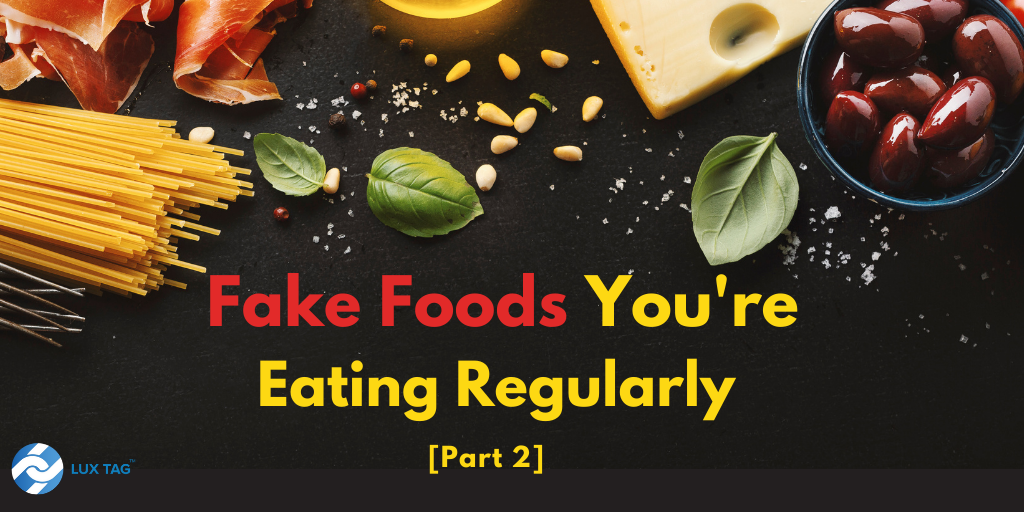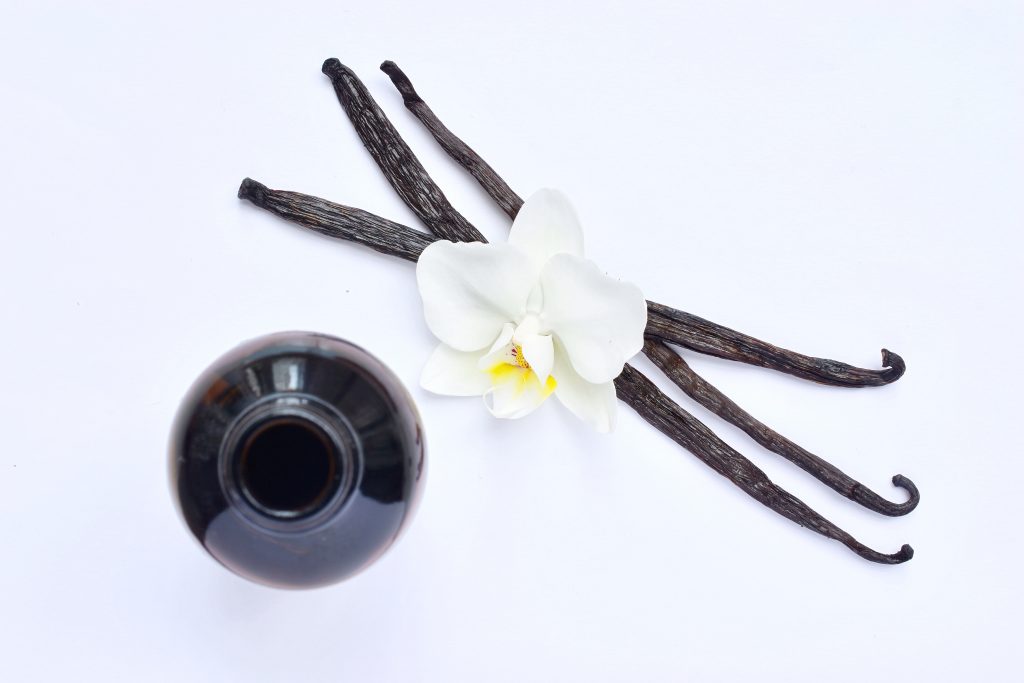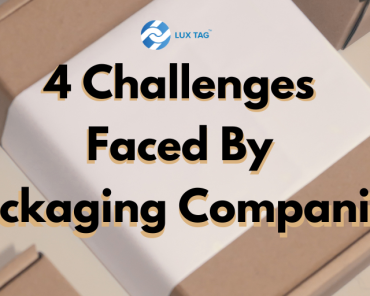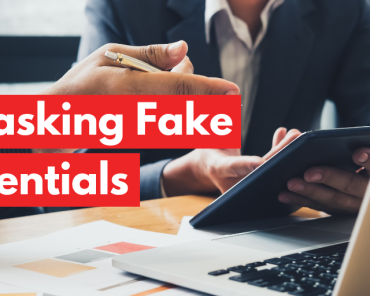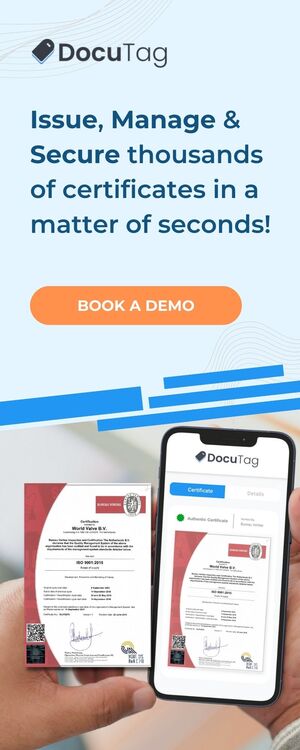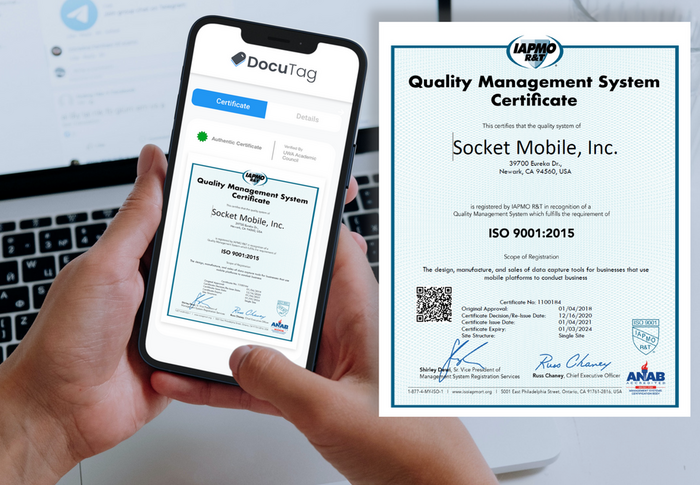You are buying fake food every day, and that’s a serious problem!
The consequences of consuming fake food products can be atrocious and cause serious health problems, that’s why we need to be extra cautious of what we are buying and consuming. Here are five foods that you should pay extra attention to!
Check out our previous articles If you haven’t yet:
[Part 1] 4 Foods You Are Eating That Are Probably Fake!
The Risks of Consuming Fake Food Products and What to Expect From Them
Jump to specific parts:
1) Tea
If you’re a tea lover like myself, this might be hard to accept, but the tea that you are drinking more than once every day might be fake or at least not 100% pure!
Tea is counterfeited either through adulteration which happens a lot with teas that are shipped to high consumption countries or through passing off as something it isn’t.
Food quality investigations revealed that many manufacturers mix tea with sawdust, leaves from different plants, and even inorganic substances to increase its quantity and elongate its shelf life.
How to avoid it?
- Do your research about different brands and their ingredients, look up trusted reviews websites.
- Value quality over quantity
- Try it before you buy it. Many brands offer sample sizes and even offer you a taste.
- Do your research on prices. If a tea price is way too good to be true, then maybe because it is, so trust your instincts.
2) Extra-Virgin Olive Oil
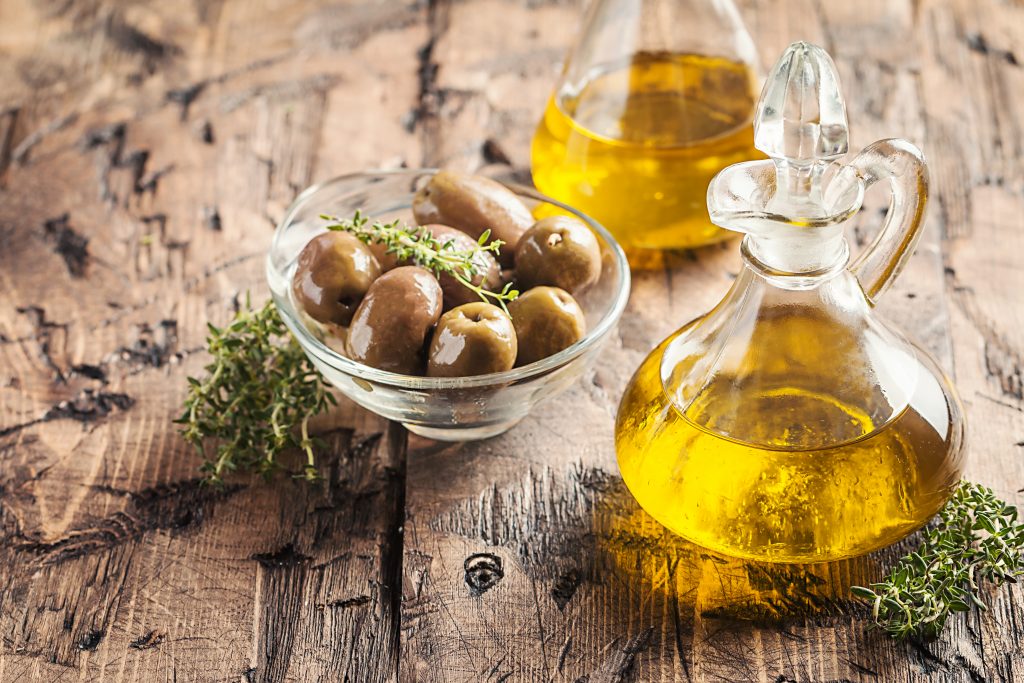
Due to its benefits and savory taste, extra virgin olive oil is present in everyone’s kitchen.
Sad to say but, many brands that claim that their bottles are produced from 100% pure extra virgin olive oil, are in fact made out of either cheaper diluted oils (soybean, sunflower, and rapeseed oils), from overly processed olive oil, or in the worst case, dangerous substitutions, that might harm your health and cause serious allergic reactions.
For instance, lampante olive oil is not fit for human consumption.
Larry Olmsted’s best selling book ”Real Food/Fake Food: Why You Don’t Know What You’re Eating” goes into details about olive oil being one of the most pervasive fake foods out there, and how fraud brands usually cover the quality and appearance of the oil with chlorophyll or β-carotene.
Same as tea, to not be a victim of fake olive oil, do your through-out research and read the label for any add-ons.
3) Wasabi
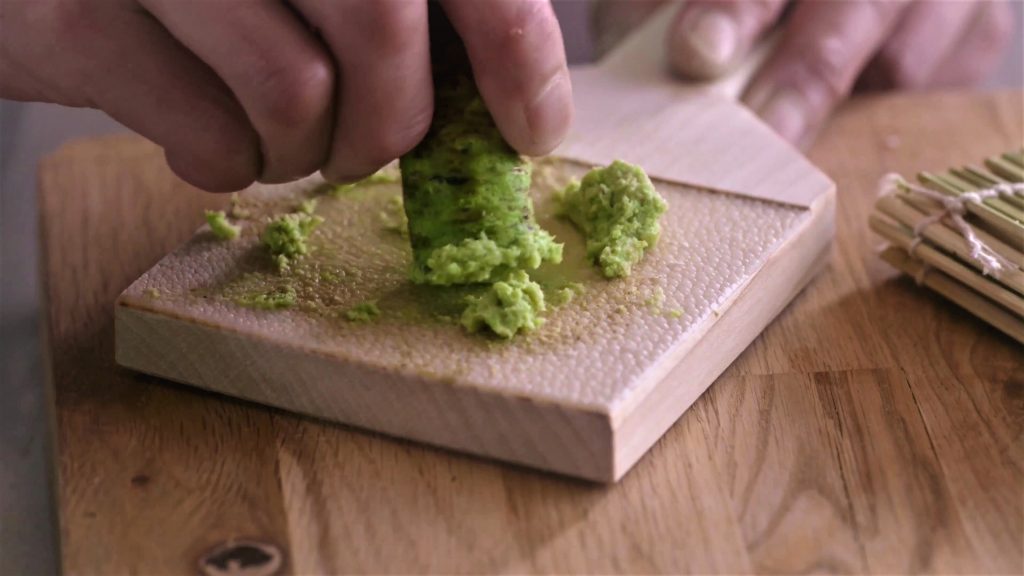
The popular pale green paste that comes with your favorite sushi or sashimi slices is originally made from grating the root of Wasabia Japonica that grows in Japan. Unfortunately, most wasabi served outside of Japan are made of a mixture of mustard, horseradish, and green food coloring that creates a mimic taste of the wasabi substance.
How to distinguish real wasabi?
Price: Real Wasabi is difficult to grow and extraordinarily expensive. In Japan, traditional wasabi costs up to 100$ per pound.
Texture: If the Wasabi is thick and pasty, it is most likely fake. Real wasabi usually is gritty from being freshly grated.
Taste: Real wasabi isn’t spicy, it tastes more herbal than the paste made from horseradish and does not leave a burning aftertaste. Food experts describe it to have a more plant/vegetable taste, some even compare it to the taste of spicy asparagus.
4) Parmesan Cheese
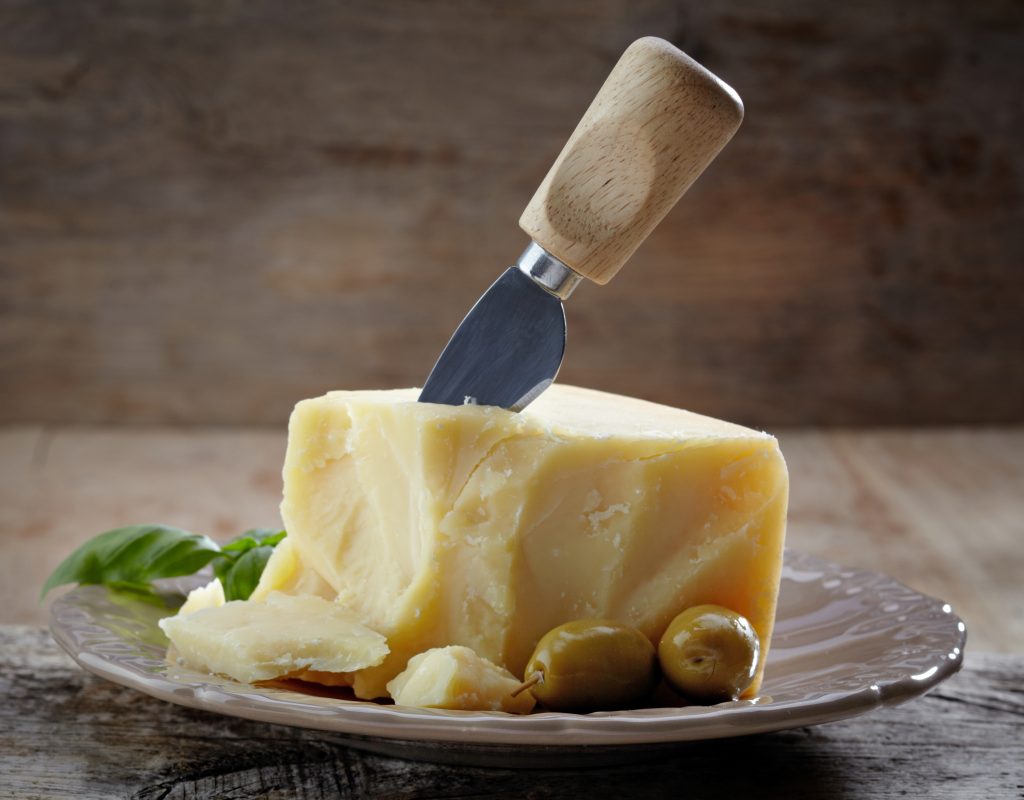
Based on Cheese.com, Parmigiano Reggiano cheese belongs to the Grana family of cheeses, a collection of hard, mature cheeses from Italy that have a granular, crumbly texture, and are mainly used for grating.
As freshly grated parmesan cheese tends to stick together, manufacturers are allowed by food safety associations to add 4% cellulose (wood pulp) to prevent clamping in grated cheese.
Recent findings have shown that many manufacturers add more cellulose to their cheese than it’s advised to, just to increase the quantity, and even mix it with different grated cheese types, this might not be as bad as the rest of the foods in the list but it’s still Fraud!
To conclude, grated parmesan cheese sold in stores cannot be 100% trusted. Thus, it’s better to buy it in wedges and make sure that it has the “Parmigiano Reggiano” pattern marked on the rind.
5) Vanilla Extract
Vanilla is arguably the world’s most popular flavor. We use it to bake treats, make puddings, ice cream, and even add it to our drinks. But is the vanilla flavor you are using real?
Pure vanilla extract is made by harvesting the vanilla plant’s beans and soaking them in alcohol to extract the flavor, on the other hand, fake vanilla is just a chemical compound made of Synthetic Vanillin a blend that imitates the vanilla taste.
Research has shown that Artificial Vanillin has shown to cause headaches and allergic responses while having no benefits.
What’s even more alarming about it is that synthesized ingredients can legally be labeled as natural flavors. Yes, you read it correctly!
Therefore, make sure to read the label and steer away from the vanilla extract brand that doesn’t show the ingredients and the origins of the product.
BrandTag as a Solution
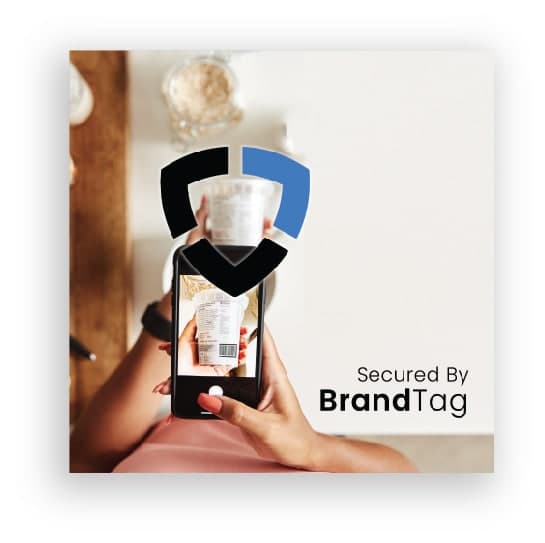
Fake food is not only harming consumers but brand owners as well, especially those whose reputation or authenticity is being questioned by their customers or even the potential ones.
BrandTag is a SaaS (software as a service) solution that provides brand owners with the easiest way to prove their products’ authenticity and engage with their customers.
Our Solution gives each of your products a unique ID for consumers to scan and get a wealth of information about your brand. Simultaneously, you can gain an insight into their buying intentions and behaviors, helping you in determining your brand’s next marketing direction.
Want to find out more about BrandTag? Check out our article: All about BrandTag

